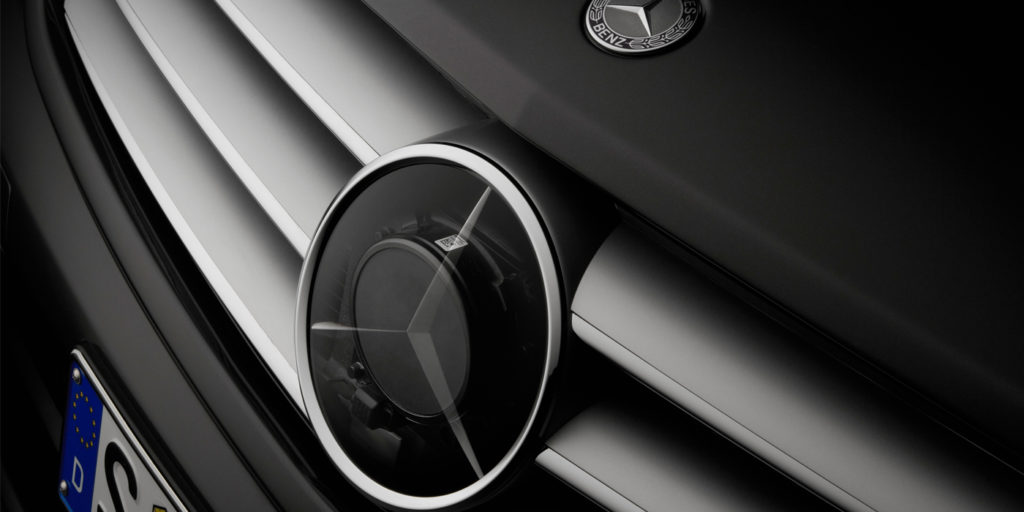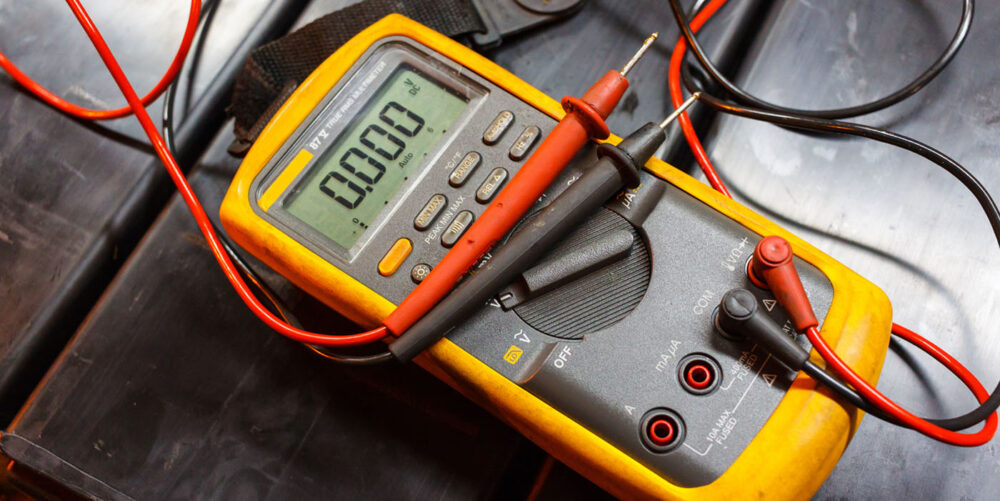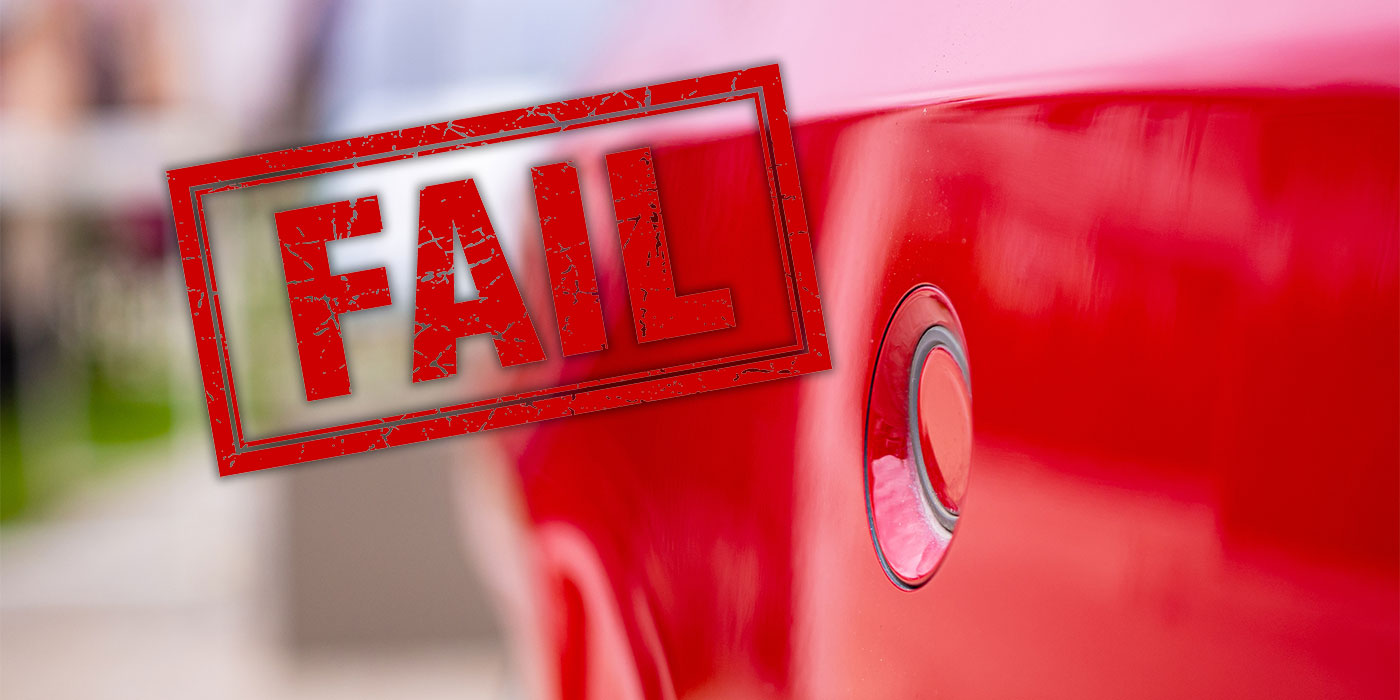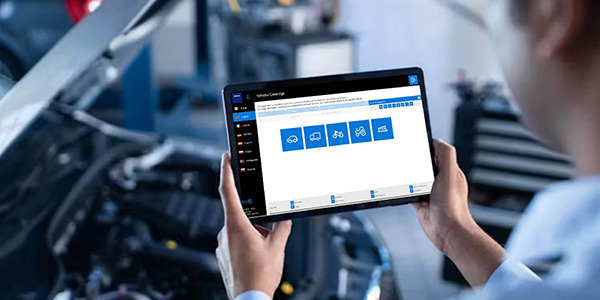Mercedes-Benz was the automaker to coin the acronym ADAS or Advanced Driver-Assistance Systems back in 1998. The 1999 S-Class was the first vehicle to receive a basic system that used radar in the front and a brake pedal sensor to assist the driver during a panic stop. The system would assist the driver by boosting hydraulic pressure depending on the brake pedal movement and a basic radar system.
Over the past 20 years, Mercedes has been adding more and more sophistication to the ADAS system. A great example of this is the lane-keeping assist. Early systems would shake the seat. A few years later, the system would not only shake the seat but apply the brakes to counter-steer the vehicle back into the lane. Eventually, when electric power steering was added to a platform, the car would steer itself back into the lane. As the cameras and other sensors got more refined, the system could steer around bends at highway speeds (as long as the driver had their hands on the wheel).
The evolution of Mercedes-Benz ADAS also follows the introduction of new chassis numbers and platforms. By looking at the service information, it is possible to see similarities in technology, but how, where and operation can vary depending on the platform, model year and options. The secret to dealing with these systems is to be aware of the components and how they are connected.
Diagnostic Strategy
Always go for a test drive to confirm the symptoms and the customer complaint. Many driver complaints are because they are not familiar with how the system operates. Another common problem happens when someone changes the following distance, or a guest driver disables an ADAS system. Many drivers do not understand that proper road marking is required for the system to work.
Service information is key to servicing Mercedes ADAS systems. Every chassis has its nuances and quirks. Also, new technology like cameras mounted in the rear pillars can catch you off guard.
A great piece of advice is not to erase codes to see if they come back. In some cases, you are better off correcting the problem and letting the code go away on its own on the test drive after a repair. Many of the codes will reset in one key cycle or test drive.
Cameras
Depending on the chassis and options, there could be two different kinds of cameras behind the windshield. Most basic systems have a single camera to handle lane-keeping assist, active cruise control and, on later models, adaptive high beam assist.
On later models with more advanced safety systems, Mercedes-Benz uses two cameras. The stereo multifunction camera module consists of two high-resolution mono cameras, mounted 200mm apart in the same housing. One camera only estimates the distance to objects. The other camera measures the distance to an object and its height above the road. The camera can determine distance within 20 to 30 centimeters.
The two cameras in the module can determine an object’s motion along the horizontal, vertical and longitudinal axis. This movement, along with object classification information, can decide if something is a potential safety situation. With information from other sensors like radar, the system can make a correction. Older systems use CAN or CAN2. New systems with stereo camera output often use FlexRay(E) to communicate. If the communication bus has issues related to low voltage, the system will be disabled.
Cameras rarely fail. What does fail is the communication network or the defroster found in the windshield or body of the camera module. The heating element is there to prevent condensation inside the housing and on the windshield. If the heater fails, it will set a code and deactivate the system. The driver for the heater is typically part of the camera module.
Rear or backup cameras are part of a module that uses a CAN bus to communicate. The module might also actuate the trunk lock. Some cameras are even motorized and pop out the tri-star badge when the car is put into reverse. Some rear camera systems require a static calibration with a target.
Mercedes uses both dynamic and static calibrations for the front-facing camera. If you are performing a static calibration, preparing the vehicle is critical. Ensure the car is aligned with the steering angle set to zero, and the thrust angle within specifications. Check the tire inflation and make sure there are no issues with the Airmatic suspension or automatic headlights. Make sure the battery is healthy and won’t die during the calibration. The area around the camera needs to be clean, and the lighting needs to bright enough. Also, make sure the area behind the targets is not cluttered with objects that have reflective surfaces.
No matter the supplier of your scan tool or target fixtures, follow all directions and steps. Don’t get click happy!
The Basics
Mercedes ADAS systems like lane-keep, pre-braking and autonomous driving features will disable the suspension, brakes and steering if they do not operate as intended. If a wheel speed sensor is malfunctioning, the ABS and ADAS system will be deactivated until repairs are made. Don’t skimp on brakes, bearings or suspension repairs.
If a Mercedes vehicle has Airmatic or an ABC suspension, a ride height issue will change how the cameras and radar are aimed. Diagnose problems with the suspension before tackling the ADAS system. If a vehicle has weak springs that cause a significant enough discrepancy in the front or rear ride height, the aiming of the radar and camera will change. Some systems with a ride height sensor can detect a change in the stance of the vehicle.
The same is true for the shocks and struts. If it takes multiple cycles for the ride control components to control the movement of the body, the aiming of the camera and radar will suffer.
With pre-braking systems, the ABS charges an accumulator when the vehicle is turned on, or the keys are near the vehicle. This pressure allows the pre-braking system to act almost instantly when an emergency event is detected. When the vehicle is parked for a predetermined amount of time, the accumulator is relieved. If this happens during a brake job, you could be injured. For your safety, discharge the accumulator and even move the keys to the front office. If you are unfamiliar with the vehicle, or you see a camera or radar array in the windshield or behind the grille, look at the service information before you remove a caliper.
The parking brake will also need to be serviced. On many vehicles with driver-assist, the adaptive cruise or lane-keep system will not work if the electric parking brake has an active code.
If a suspension component is replaced and it changes the toe, camber or caster, the vehicle will need to have an alignment. For ADAS vehicles, it is critical that the steering angle is reset after the repair. If you do not calibrate the steering angle sensor, camera calibration is not possible. When it comes to rear angles, try to get the thrust angle as close as possible to the factory specification. After the alignment is performed, go for a test drive. If there is still a steering pull, look at the tires. Early systems do not like a steering pull.
Try swapping tires first to cure the pull. Look at the tire brands and even if the brand and line are the same. Speed ratings, factory codes and date codes can change the construction of the tire.
The most crucial part to service and diagnosis for any ADAS system is the person behind the wheel. While these systems may seem challenging to diagnose, for some customers, understanding what the system can do is even more difficult. Take time with the customer to understand their expectations and needs.
Andrew Markel is an ASE-certified technician and former service writer, and he brings this practical knowledge to the Babcox Media team as director of content.














